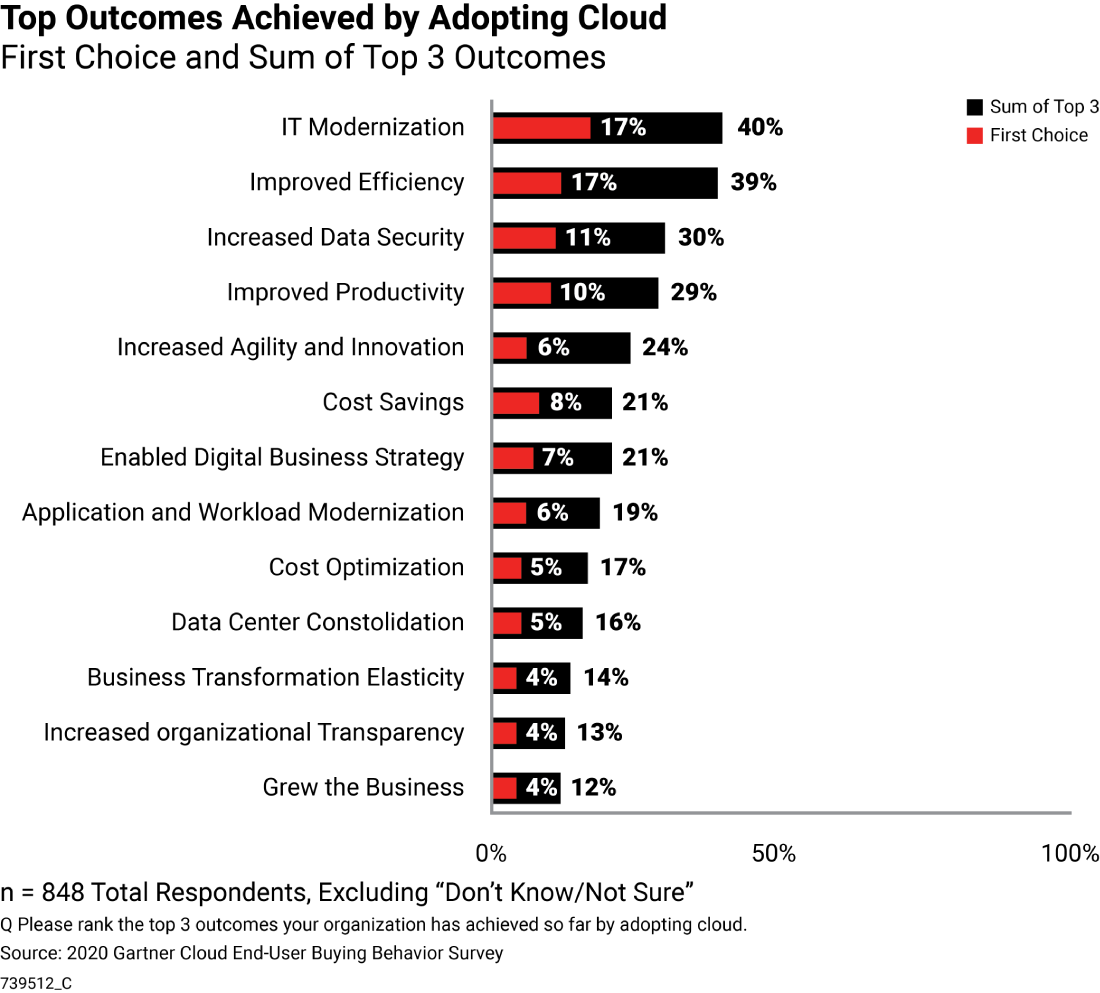
When deciding if your Oracle EBS is fit for potential cloud migration, it is important to balance supply and demand by performing a cloud migration readiness assessment. There are a few questions you need to respond to:
- It’s possible to move “everything” to the cloud, but is it a good idea?
- Which modules might gain from the migration, if any?
- Which software has a demonstrable, measurable, and favorable effect on business operations, and how does it help accomplish the goals?
- In a hybrid cloud setup, certain apps move to the cloud while others stay on-premises, but at what cost?
- Will the trouble of moving be worth it in the end?
Specifically, it’s recommended that you assess your Oracle EBS application’s portfolio from two angles:
- Cloud readiness. How well does the app, its dependencies, and its technology stack work with the architecture and design patterns of the cloud? This also gives you a better idea of the challenges, process, and work involved in moving it to the cloud.
- Business impact: How much will moving the application to the cloud help the business? This part helps figure out why and how the business wants to move it to the cloud. Talk to business stakeholders and get them involved in this assessment.
By performing this cloud migration assessment, you will be able to pinpoint the specific attributes and criteria to evaluate your Oracle EBS in the context of cloud migration. If you are hoping for a straightforward “lift and shift migration” effort, you will find that the analysis of your Oracle EBS portfolio will give you the parameters and criteria to make a better decision.
You must also evaluate how compatible Oracle EBS is, its dependencies, and its tech stack with the cloud architecture and design patterns.
Technical Attributes in Cloud Migration Readiness Assessment
Application Fundamentals
- Operating System
- Licensing
Workload Pattern
- Dynamic Use
- Utilization
Application Performance
- Performance Requirements
- I/O Requirements
Networking
- Interconnectivity and Latency Dependencies
- Network Requirements
Application Architecture
- Stateful versus Stateless
- Modularization Capabilities
- Containerization/Serverless Capabilities
Business Attributes in Cloud Migration Readiness Assessment
Application/Organization Gains
- Potential for New Capabilities
- Potential Benefits
Application Requirements
- Compliance and Regulatory Initiatives
- Availability Requirements
People and Processes
- Skill Sets
- Operational Efficiency
Cost/Market Factors
- Total Migration Costs
- Time to Market
Performing the full evaluation of whether or not your business will benefit from migrating Oracle EBS to the cloud is a daunting, time-consuming process. Unfortunately, what you don’t have is the luxury of time. Your Oracle EBS is in dire need of modernization for you to keep your business operational, productive, profitable, and protected. Thus, it’s recommended that you rely on upgrade and migration specialists who can expertly assess the state of your Oracle EBS to help you make the smarter decision.
Cloud Migration Outcomes
While moving apps to the cloud has its advantages, it won’t fix everything. This premise is something that lingers in the minds of Oracle E-Business Suite (EBS) clients who have not year soared to the cloud and remain on-premises, some of them still on release versions of the software prior to 12.2, which is Oracle’s most innovative and robust release of the software application.
For most companies, the value of a cloud migration depends on the specific benefits gained by the targeted application. For this reason, it can be difficult and time-consuming to determine which workloads would benefit most from being moved to the cloud and to rank them in order of migration priority.
How can executives in applications and software engineering effectively evaluate their Oracle EBS application portfolio and choose if it’s a prime candidate for moving to the cloud?
For stakeholders outside of IT, the cloud migration process often falls short of their hopes. So, whereas application leaders tend to view migration as a numbers game, business leaders tend to view it as a waste of time. It’s common to hear that a desire to save money motivates a move to the cloud, but experience shows that this isn’t always the case.
In order to determine if your Oracle EBS is a candidate deemed a best fit for a cloud migration, and to give it appropriate priority, you’ll need to discover more drivers and perform a cloud migration readiness assessment. Next, you can see the top outcomes achieved by adopting cloud:

The initiative’s cloud migration goals may not all be equally applicable to all business domains and apps. For the client portal, for instance, scalability and robustness may be of paramount importance, whereas for the inventory management software, cost reduction may take precedence. If this is the case, objectives will need to be reevaluated and tailored for each distinct area of business or software.
Actions Suggested:
- Gather the necessary business and IT decision-makers to discuss the cloud migration readiness assessment of your Oracle EBS initiative’s goals and anticipated advantages.
- In order to establish goals and track progress toward achieving those goals, it is important to establish business metrics.
- Modify the goals as needed to fit the needs of individual industries or software packages.
- The “what” and “when” questions of cloud migration can be better answered if everyone is on the same page about the initiative’s goals.
IT Convergence has expertly handled hundreds of Oracle EBS upgrade and cloud migration projects, always carefully evaluating the unique business needs of each client. While the cloud is the end goal for everyone, we also recognize that not every client is at that stage yet but they would still benefit from making an upgrade and take advantage of the innovations the latest release of Oracle EBS offers.




